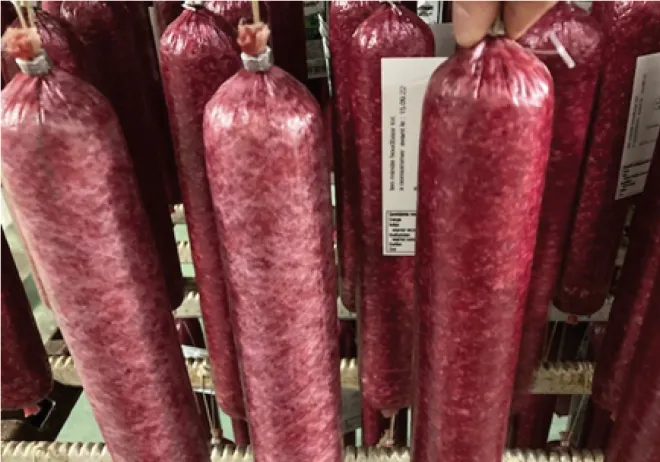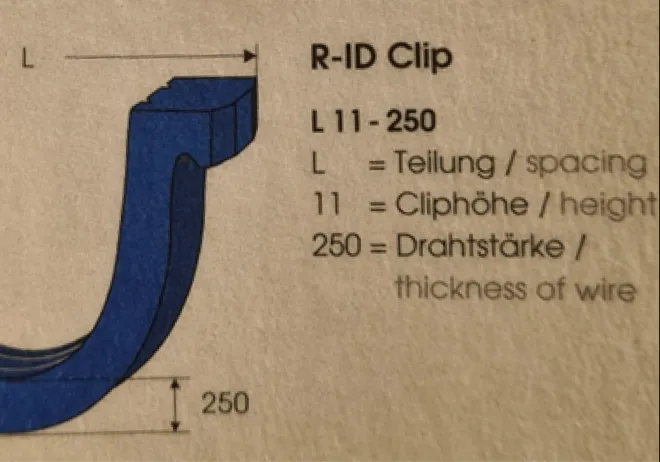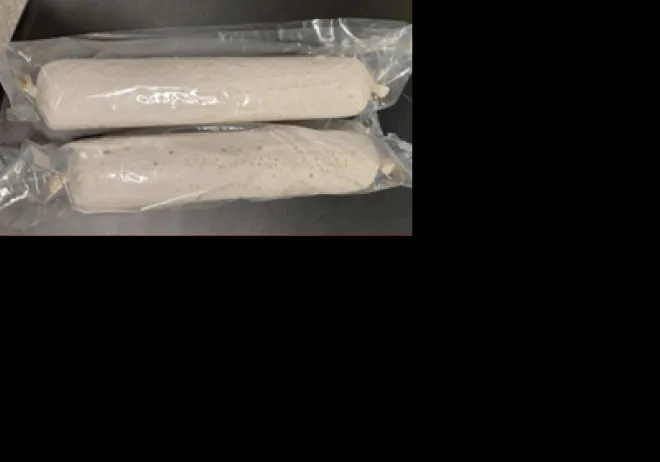English (pdf) Spanish (pdf) German (pdf)
Does ViskoTeepak receive complaints from our customers? Can we go public with this information?
Yes, we can, and we do. We are not perfect. Most of the time we can detect the root-cause of the reclamations we receive, even when it must be found externally. Accepting a failure is one thing. Addressing a mistake has an even greater importance when it comes to preventing the same issue from happening again in the future. ViskoTeepak can trace back most of the products by its unique traceability system that includes a detailed process data base in combination with seam marks on our casing. Our tech team also has the capability to link the specific casing properties with the customer’s requirements. This relation must fit in the first place. If something is wrong, the reason must be nearby, and we’ll be able to find it.
Most complaints could be divided into the following groups:
- Customer-related complaints
- ViskoTeepak-related complaints
- Operator’s failures
- Co-incidents
We have been describing random issues received over the past decade in a series of four articles in order to raise awareness of various situations and provide the tools and knowledge to prevent future incidents, not to lay the blame at anyone’s door. The first issue in this series described customer related complaints. The second focused on systemic corporate dilemmas. The previous issue outlined some examples of failures due to workmanship. This fourth and last article will address random issues, complaints based on reasonable grounds but which are difficult to eradicate due to the complexity of the root cause.



